Native Americans had a great respect for Nature and the wild plants they included in their everyday life served for skin and hair benefits. A sore throat? Dry skin? Simple cold? They had it covered. There are many native American beauty secrets that have been gaining popularity either in the beauty industry over the past few years.
Have a look at the top 10 plants used for beauty, and maybe you get inspired too!
*Some of the links in this post might be affiliate links. Affiliate links come at no extra cost to you. These links allow me to share the products I authentically recommend (and use) and support Wild for Nature by receiving a small commission.
Yucca
Yucca, which also goes by other names such as manioc or cassava, was one of the fairly popular native American healing plants. Also referred to as brain food, yucca plant is a great source of fiber, vitamin C, and folate. We can find most nutrients in its roots, but also its fruits, flowers, and seeds have medicinal properties. The native Americans used yucca to treat arthritic symptoms.
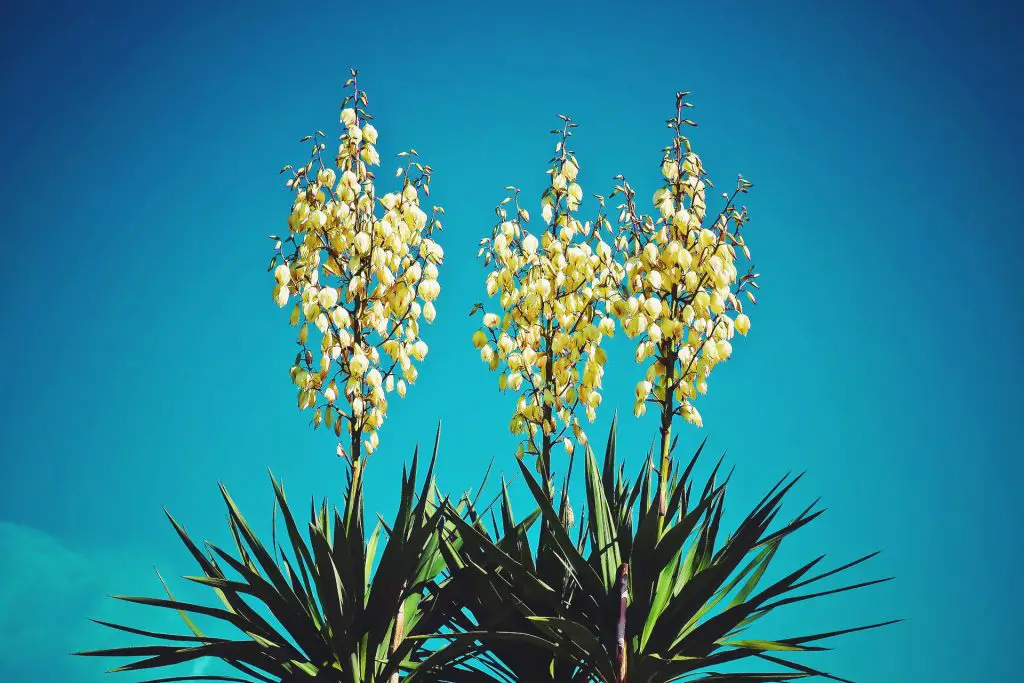
Yucca as a source of nutrition
Yucca is bursting with nutrition. It is a rich source of vitamin C, A, and B-complex (especially folate), minerals, such as potassium, calcium, copper, and manganese. Yucca is loaded with valuable fiber and it contains tons of antioxidants as well as phytonutrients (such as saponins and reservatrol).
Yucca health benefits
- Boosts immune system
- Eases arthritic pain
- Aids in digestion (diarrhea, bloating, constipation…)
- Anti-inflammatory
- Regulates blood sugar
- Increases hearth health
- Reduces cholesterol levels
- Aids with weight loss
- Improves cognition
Yucca as a beauty product
- Aids with skin and eye health
- Natural protection from sun damage
- Aids with dandruff
- Renews skin in case of sores, wounds, and cuts
- Eliminates skin redness
- Hydrates the skin
- Prevents hair loss (it does not treat baldness, it stimulates the scalp and gives strength to the hair)
Buckwheat
This simple plant is definitely full of surprises. I honestly had no idea it was so nutritious and ridiculously healthy. It is also gluten-free, often used to make gluten-free beer. Buckwheat is used as an ingredient in noodles, porridge, and medicine. When it comes to native American remedies, this one will boost your immune system, hair health and give you a glowing skin.
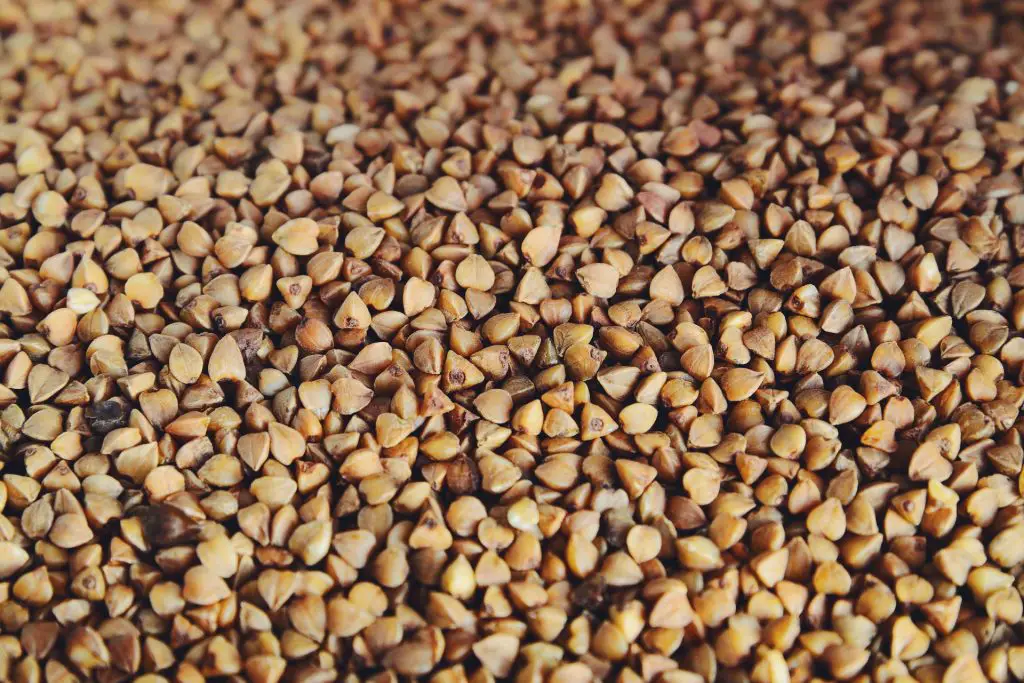
Buckwheat as a source of nutrition
As one of the native American healing plants, buckwheat is rich all around. It contains loads of antioxidants and phytonutrients (which are a natural compound found in plant foods that are beneficial for our health: these nutrients give fruit and veg their wildly intense color as well as an enormous nutritional value for healthier organs, detoxification, stronger immune system). Buckwheat contains loads of B vitamins (thiamin, riboflavin, niacin, folate…) as well as minerals (iron, selenium, manganese, phosphorus, copper, magnesium). Buckwheat is a great source of protein and fiber, and it should give us a fair among of essential fatty acids: omega 3 and omega 6. Why are these important? Because our bodies don’t actually produce them and we need to get them with our diets.
Buckwheat health benefits
- Aids with weight loss
- Improves immune system
- Lowers blood pressure
- Lowers blood sugar levels
- Improves circulation
- Beneficial for the cardiovascular system
- Improves liver function
- Lowers cholesterol levels
- Improves gut health
- Contributes to healthy bones
Buckwheat as a beauty product
- Prevents premature aging (due to flavonoids)
- Glowing skin
- Improves elasticity of the skin (due to polyunsaturated fatty acids)
- Prevents skin damage (because of the high level of vitamin B)
- Aids with hair growth
- Improves hair health
Aronia (aronia melanocarpa)
Aronia, also known as a black chokeberry used to be a decorative plant in Europe, but native Americans knew of its health benefits long before we started using it the same way. As Native American remedies, these healthy blackberries are a rich source of nutrition: aronia aids with the elasticity of the skin, healthy blood vessels; this plant has been used as a migraine remedy and a tasty addition to your food: make juices, desserts, smoothies, and treats.
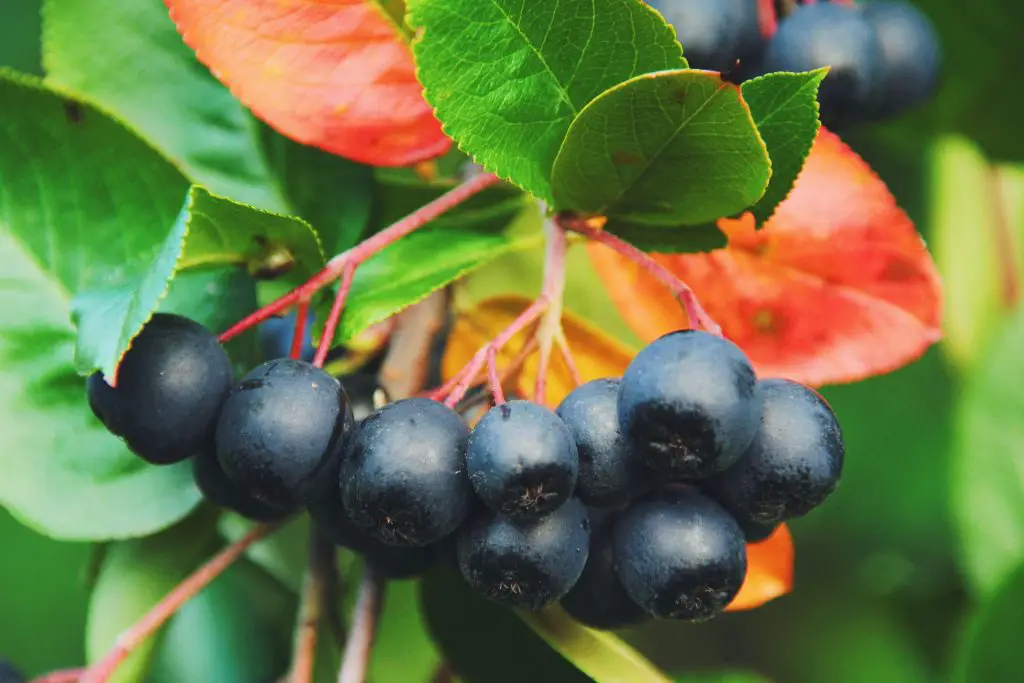
Aronia as a source of nutrition
Black chokeberry is a rich source of vitamins (P, C, A, and B) and minerals (calcium, potassium, iron, manganese, iodine). It contains tons of antioxidants and I really mean it. Aronia fruit is not one of the natural and organic ingredients with the highest amount of antioxidants present in any fruit. No, Aronia rules them all, it’s at the top of the chain when it comes to antioxidants (according to ORAC). Do you know what that means? It’s ridiculously good for us. And one more thing; Aronia berry is also a rich source of flavonoids (a group of phytonutrients with antioxidant anti-inflammatory health benefits).
Aronia health benefits
- Helps regulate weight
- Great for the cardiovascular system
- Regulates blood pressure
- Improves blood circulation and strengthens blood vessels
- Removes toxins from the body
- Aids with stomach problems
- Used for soothing migraines and headaches
- Beneficial influence on the gut health
- Boosts immune system
- Improves eye-sight and memory
- Protects the urinary tract
- Prevents the formation of the free radicals
- Speeds up wound healing
Aronia as a beauty product
We are what we eat, right? Adding Aronia to your daily diet will boost your immune system, which will also reflect on your skin. This rich source of antioxidants and vitamins has beneficial effects on your body as a whole: healthy mind in a healthy body.
- Elasticity of the skin
- Slows the aging process
- Helps with acne
Echinacea (Echinacea purpurea)
For a stronger immune system, use Echinacea. Native North American tribes chewed on its roots, made a paste or juice with it. One of the native American healing plants, echinacea is used to this day in a number of ways: a remedy for a headache, wounds, burns, cough, gum infection or throat ache. Echinacea actually treats causes of the common cold and not only its symptoms.
The useful parts of the Echinacea plant are the roots and the blossoms.
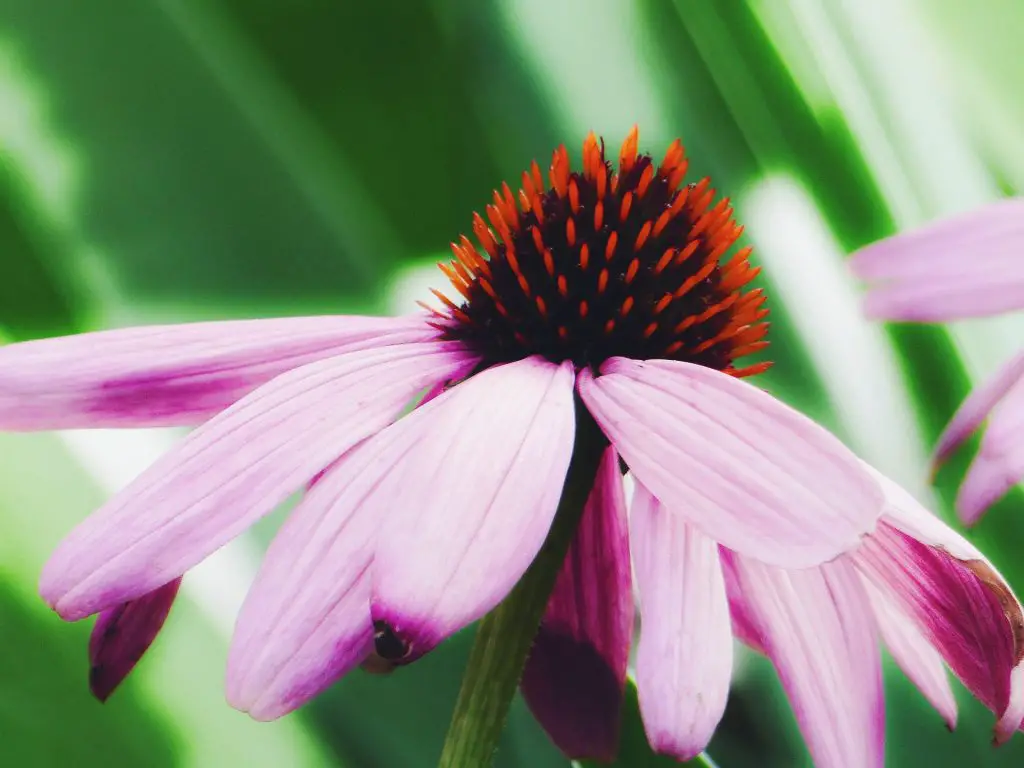
Echinacea as a source of nutrition
Echinacea has essential oils in its roots and it is a powerful antiviral and antibacterial remedy. Why? Well, this wild plant is not only pretty but beneficial to our health as well. Firstly, it is a rich source of vitamins A, C, E, and B-complex, as well as minerals (selenium, zinc, magnesium, potassium, sodium, calcium, iron). Do you want antioxidants? It has them. And flavonoids? Those too. And lastly, phytochemicals. Those compounds that make our organs healthier and our immune system stronger.
Echinacea health benefits
- Stimulates white blood cells
- Boosts immune system
- Used for urinary tract infections
- Anti-inflammatory
- Aids in skin wound healing, burns and skin infections, eczema, skin damage caused by the sun
- Aids with herpes
- Used to fight common cold and flu
- Used for gum treatment
- Effective painkiller (reduces aches and pain)
Echinacea as a beauty product
- Aids in skin regeneration
- Helps fight acne
- Reduces eczema and psoriasis
- Boosts oral health
- Helps reduce wrinkles
- Promotes hair growth
- Helps with dandruff
Goldenseal
Goldenseal has been considered a multi-purpose remedy. With its antibacterial benefits, the native North Americans used it both for medicinal purposes and as a coloring material. Goldenseal, orangeroot or yellow puccoon is often combined with Echinacea to enhance the immune system. This wild plant has been one of the most popular natural and organic ingredients when it comes to natural skin care.
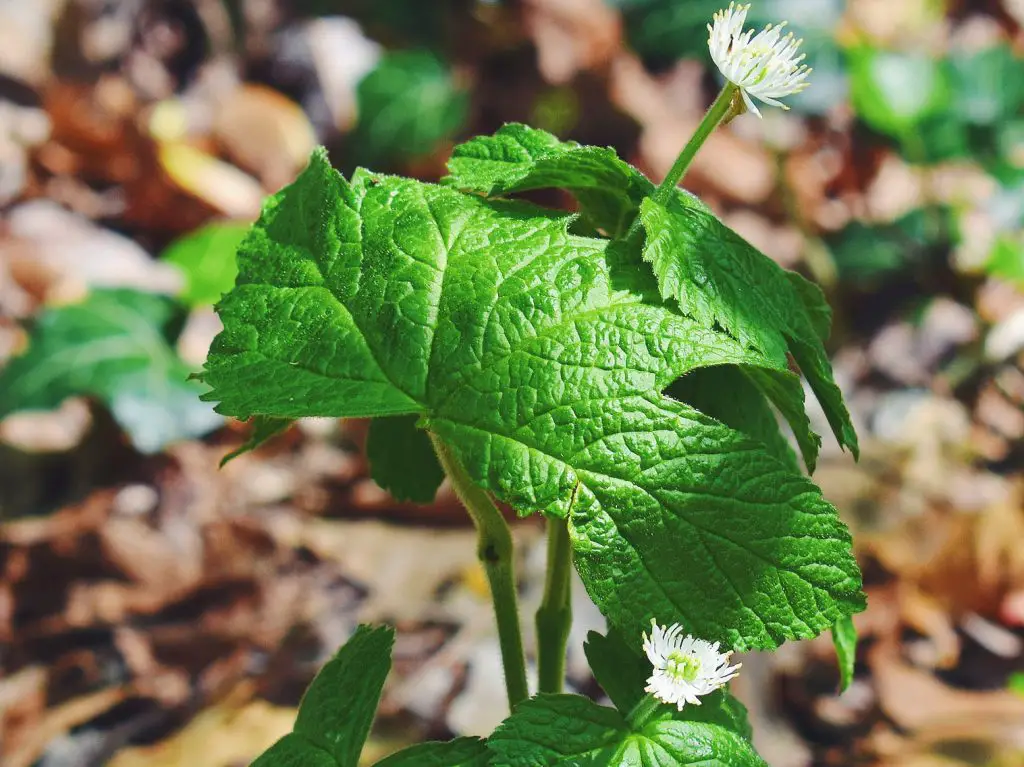
Goldenseal as a source of nutrition
Goldenseal is a rich source of berberine. Berberine is a natural compound which is responsible for the goldenseal’s powerful antibacterial and antifungal effects. Amongst other things, it also helps reduce blood sugar and improve heart health. Apart from berberine, you can also find vitamins C, A, E, B-complex, minerals (calcium, iron, manganese) and hydrastine which helps relax the muscles.
Goldenseal health benefits
- Boosts immune system
- Aids in a cough and simple cold, hay fever
- Influences positively on our digestive system
- Controls muscle spasms
- Stimulates cardiovascular system
- Aids in painful menstruation
- Aids in gut health
- Reduces swelling
- Aids in gum health
- Natural antiseptic
Goldenseal as a beauty product
- Natural acne remedy
- Aids in skin rashes, eczema
- Used to treat wounds, sores
- Helps with dandruff (due to berberine)
- Improves hair health
Hops (Humulus lupulus)
Are you looking for something relaxing? Do you need healing and a soothing bath? Here’s hops for you. Hops have had a variety of uses; as a material to make baskets, paper, and textiles, as well as for sedative purposes and native American remedies. There are male as well as female flowers, but only the female flowers are used for medicinal purposes. It is also widely used to brew beer (duh!), but not only. There are hops tea, powder, and extracts for healing purposes to be found. They have a relaxing effect and they have been used in herbal medicine similarly to valerian.
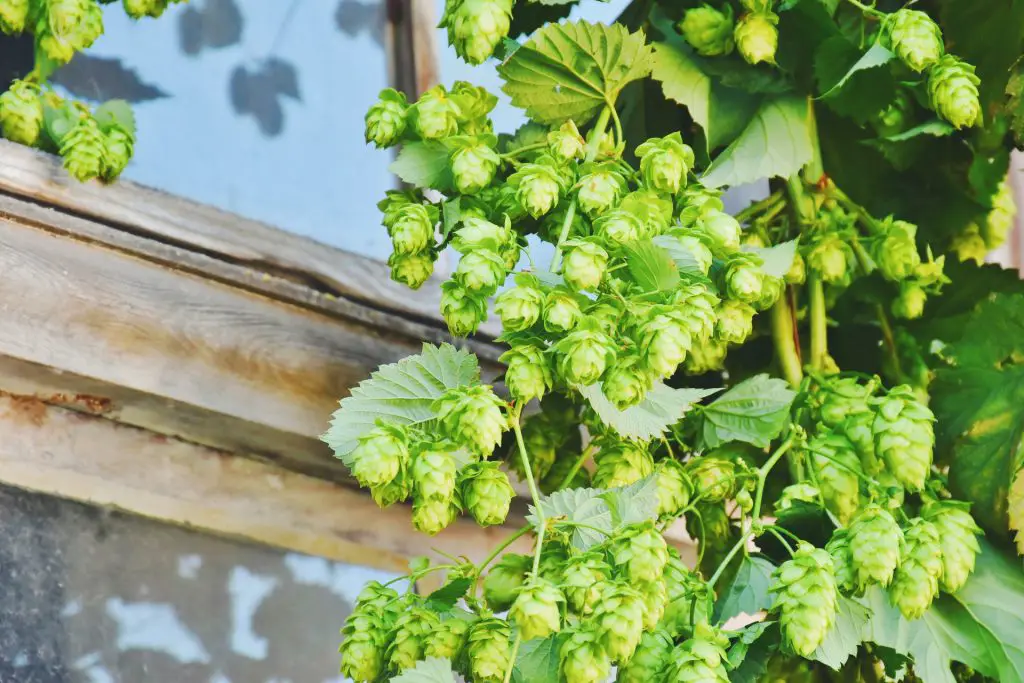
Hops as a source of nutrition
Hops are an important source of essential oils. Does it sound weird? A bit, yes, but hops essential oil is very beneficial for menstrual pain, headaches, skin health and even sex performance. Apart from the powerful essential oil qualities, hops are also a rich in antioxidants and vitamins C, E, and B6. One more thing to be found in hops are the phytoestrogens. These plant-based estrogens, so to speak, are nutrients that supposedly have a hormonal effect on the body.
Hops health benefits
- Aids with weight loss
- Anti-inflammatory and antiseptic effects
- Relaxing, sedative effects (used for sleep disorders, anxiety, nervousness)
- Boosts digestion
- May stimulate and protect the cardiovascular system
- Aids with muscle spasms and cramps
- Eases stiff joints
- Used for female problems (menstruation, menopause)
- Aids with stomach problems
Hops as a beauty product
- Keeps the skin young (slows down body aging)
- Anti-inflammatory
- Gives hair the natural shine
- Reduces hair loss (strengthens the scalp and hair)
- Aids with dandruff
Rose hip (rosa canina)
Rosehip is a wild plant that is used all around. Rosehip is actually a wild rose bush. It is one of the oldest decorative plants and it has been used both by a traditional and the official medicine, one of my favorite native American healing plants. The part of the plant used for cosmetic products and for medicinal purposes are the red “berries” and their seeds, which are used to make rosehip oil.
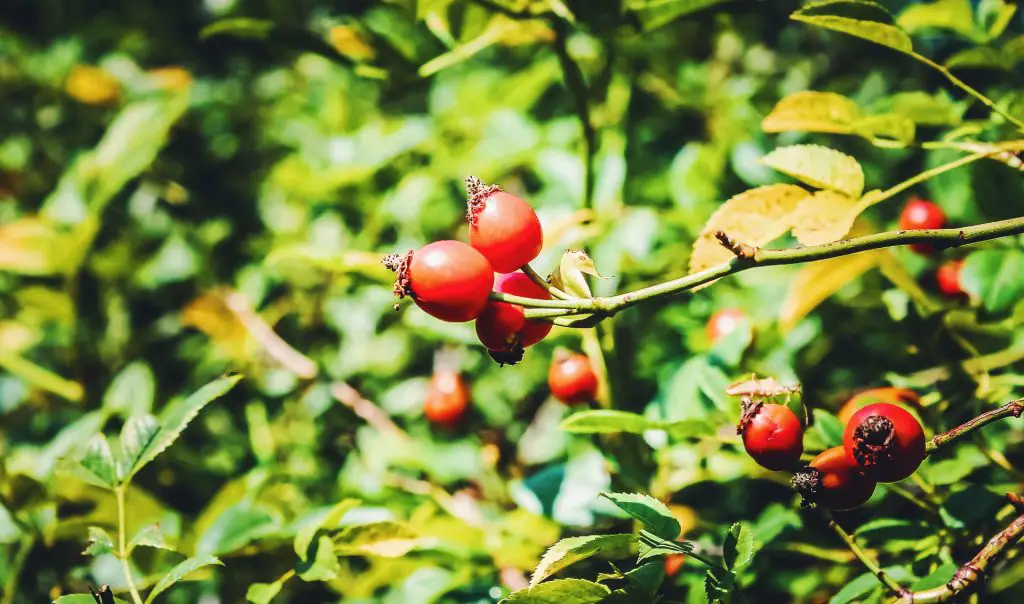
Rosehip as a source of nutrition
Vitamin C? Say yes to rosehip. It contains tons, along with vitamins A, E, and B-complex, which makes it a perfect plant to use when it comes to cold and flu treatment. Along with the vitamins, there are also a lot of minerals found in rosehip that are also good for us: calcium, iron, selenium, manganese. The flavonoids and carotenoids, also called the antioxidants, in rosehip have a beneficial influence on lowering cholesterol levels and protection from the free radicals.
Rosehip health benefits
- Boosts immune system
- Aids with simple cold and flu
- Prevents asthma and eases respiratory issues
- Used to treat gum bleeding
- Reduces fatigue
- Helps with diarrhea
- Regulates blood sugar levels
- Inflammation of kidney, used for problems with urinary tract
- Used to treat stomach disorders (spasms, ulcers, acid reflux)
- As an ointment for burns
- Lowers cholesterol levels
- Prevention of heart diseases
- Prevention and elimination of kidney stones
Rosehip as a beauty product
As a beauty product rosehip is mostly used in a form of rosehip seed oil. It offers plenty of benefits for our skin and hair since it contains essential fatty acids along with the important vitamins. Rosehip oil has a rejuvenating and healing effects both for your skin, your nails as well as the hair.
- Regenerates skin cells (can be used to treat acne, scars, and burns)
- Keeps the skin hydrated
- Keeps the skin elastic
- Prevents wrinkles
- Used for dry hair (as a mask)
- Treats dandruff
- Nourishment for brittle nails
- Gives natural glow to the skin
Rosehip uses
You can use rosehip oil for acne scars.
It also works great as a gentle facial oil you can use daily.
It’s also one of the many remedies to fight the stubborn stretch marks.
Prickly pear cactus
Prickly pear cactus or Indian fig used to be considered food, yet it was one of the more important native American remedies nonetheless. Even though it has been gaining more and more attention in the beauty industry as well. We could say it’s one of those rediscovered fruits turned into superfood. There are about 200 different species of Opuntia cactus, but the most common is Indian fig Opuntia. The fruit can be eaten raw (but needs to be peeled beforehand) or used to make jams, desserts, and alcoholic drinks (vodka). But it works the other way as well- it has long been used as a hangover cure (if you try this one before I do, let me know how it goes, hehe).
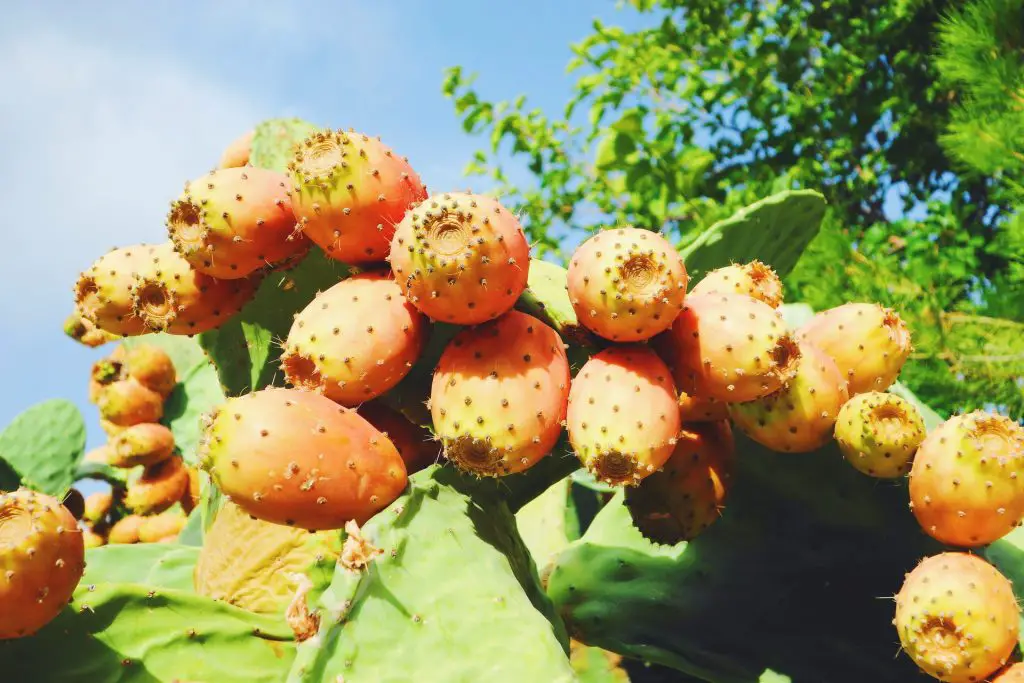
Prickly pear as a source of nutrition
Vitamins C, B-complex, and E, along with dietary fiber, fatty acids, tons of antioxidants, such as flavonoids, and minerals (magnesium, potassium, calcium, copper) make a prickly pear not only an interesting cactus but a useful-all-around one as well. This refreshing fruit is beneficial to our health on the inside and on the outside. This is a 100% natural solution to weight loss, hangover, and damaged hair.
Prickly pear health benefits
- Lowers cholesterol levels
- Improves digestive system
- Decreases the risk of diabetes
- Boosts immune system
- Stimulates bone health and teeth
- Has positive effects on blood vessels
- Helps with weight loss
- Anti-inflammatory
- Good for heart health
- Aids with weight loss
Prickly pear as a beauty product
The seeds of prickly pear cactus are cold-pressed and made into a beauty product which will make your skin soft, reduce dark circles and nurture the skin. It will also soften your hair and protect it from the strong sun. The oil is quickly absorbed and it also slows aging (fatty acids and vitamin E!)
- Hangover effect
- Hair conditioner for shiny hair
- Moisturizes and restores your nail health
- Oil from prickly pear seed is popular for mature and damaged skin
Prickly pear uses
Prickly Pear Seed Organic Oil: a light oil that is easily absorbed into your skin. Add it to creams, lotions, shower gel or shampoo and apply as you normally would.
Jojoba
Being one of the most popular native American healing plants, jojoba was used to treat and heal skin conditions and damaged dry hair. Jojoba (actually pronounced ho-ho-be) is very valuable for its oil, but the natives used the ground seeds to also make beverages. Jojoba oil is very beneficial and very popular as well; it is used for various skin problems, such as sunburns, acne. It hydrates and moisturizes your skin, some people use it as a make-up remover.
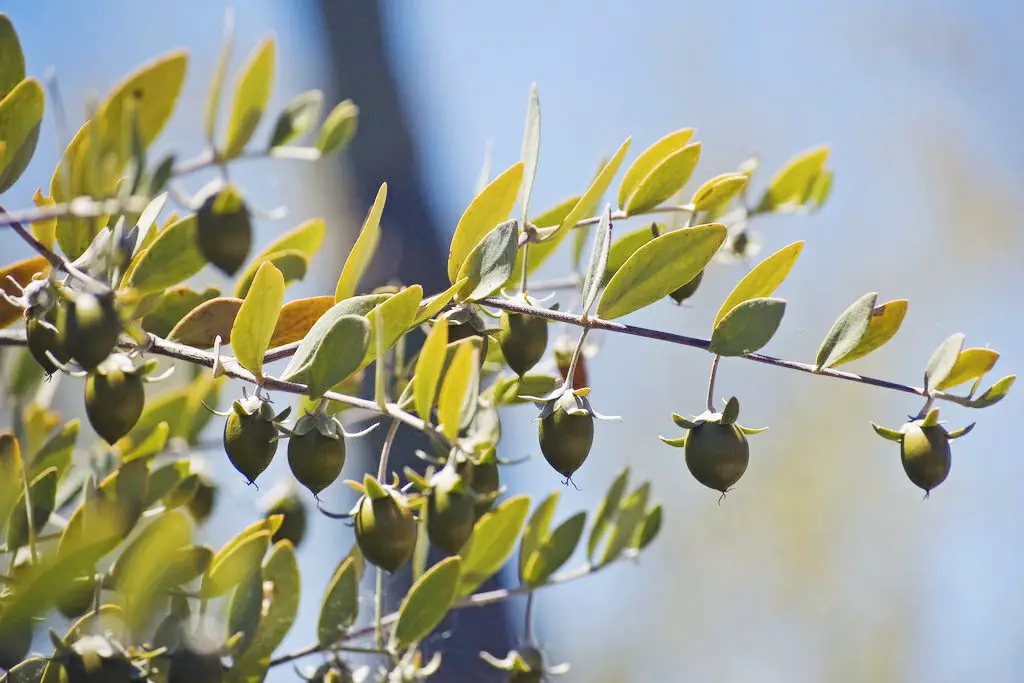
Source: desertdutchman
Jojoba oil as a source of nutrition
This liquid wax, obtained by extraction from the desert shrub is the last thing I’d ever consider to be nutritional and beneficial. I mean, the shrub in itself is nothing special. But this is just one more proof that we should never judge a book by its cover. Jojoba oil is a very rich source of vitamins E and B-complex, as well as minerals such as zinc, copper, iodine, and selenium. The antioxidants in jojoba oil regenerate skin and slow down the aging process (they soothe our wrinkles).
Jojoba oil as a beauty product
- Hydrates skin
- Restores skin health
- Anti-inflammatory and antiseptic
- Reduces redness of the skin
- Reduces wrinkles
- Used for treating acne
- Easily absorbed into the skin
- Can be used as a body massage
- Smoothens cracked heels
- Hydrates lips
- Reduces stretch marks
- Boosts hair growth
- Gives healthy shine to your hair
- Works as a natural hair conditioner
Jojoba oil uses
Certified Organic Jojoba Oil is cold-pressed and you can use it for your damaged hair and dry or oily skin. It is also a great carrier for essential oils. By keeping a bottle of jojoba at home, you can be DIY-ing your own cosmetic products in no time.
Saw palmetto
Serenoa or saw palmetto was one of those quite popular native American remedies. They used palmetto’s roots and fruits to make an aphrodisiac. They also dried the fruits and consumed them raw, or they would make the tincture from them. Saw palmetto is nowadays used as a nutritional supplement. It also increases sex appetite and it is a popular natural remedy for problems with the prostate.
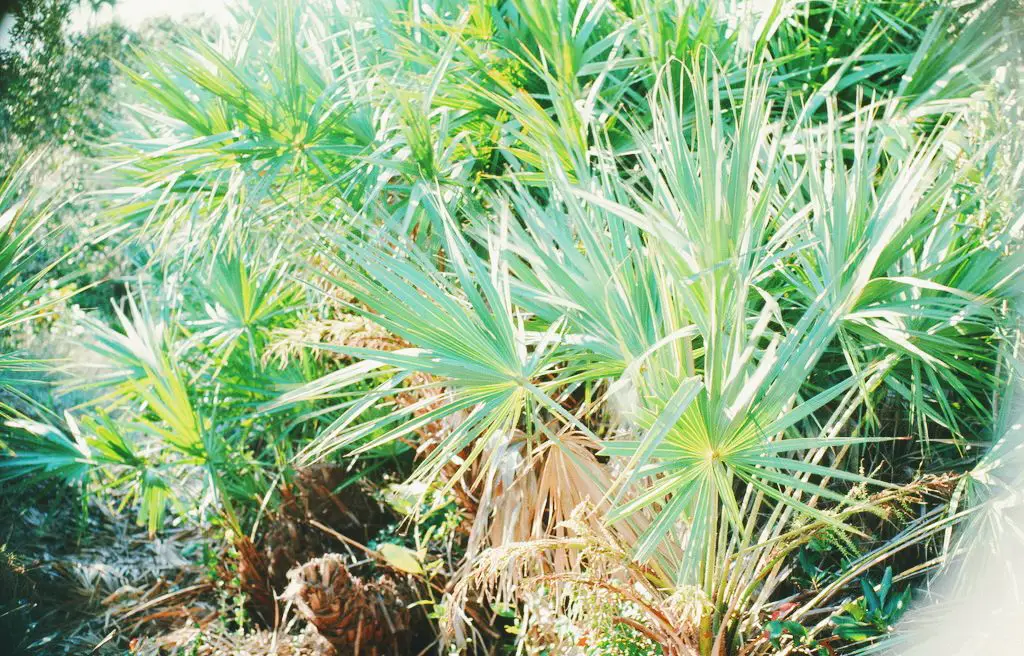
Source: SCCF Native Landscapes & Garden Center
Saw palmetto as a source of nutrition
Most of the saw palmetto’s benefits come from the high levels of sterols and essential fatty acids in the plant’s extract. We can consume it either by eating berries or the saw palmetto’s extract (in a form of capsules or tinctures). Whether you need to recover your strength after a difficult operation, are looking for an aphrodisiac or have prostate problems, consider saw palmetto.
Saw palmetto health benefits
- Aids digestion
- Aids with prostate problems
- Used to treat urinary tract disorders
- Aids with a cough and asthma
- Used to treat insomnia
- Improves appetite and digestion
- Lowers cholesterol levels
- Has sedative properties
Saw palmetto as a beauty product
- Aids with hair loss
- Aids with acne
WfN fave top 3 Native American wild plants
When it comes to natural and organic ingredients, I’m all in. I grew up with picking wildflowers, helping with tinctures and lotions for winter cold, flu, and runny nose. Once I’ve realized all of this can be extended to the beauty area as well, I was, well, very excited. Homemade face scrubs, hydrating masks for hair and body, what ‘s not to like. I like discovering new plants, new oils and new ways to make my skin happy.
Anyways, here are my top 3 favorite Native American native American healing plants that I prefer and use most from the list:
- Rosehip: rosehip oil and rosehip tea are probably two most common ways in which I use rosehip. The tea is just because I love teas, but the oil is great for my skin as well as my hair. And yes, you can tell the difference between before and after.
- Jojoba: as a nutritional and hydrating oil I saw my mom use it even when I was younger, so then I kind of got into it and loved it. Now I use it for my hair and dry skin (especially legs, feet and elbows). I usually apply a few drops to dried hair ends, or to dry skin before I go to bed, or after the shower.
- Echinacea: apart from it being a pretty flower, I’ve always been in contact with Echinacea through my grandmother for its powerful and healthy attributes. Grandmas usually know best when it comes to natural remedies, right?
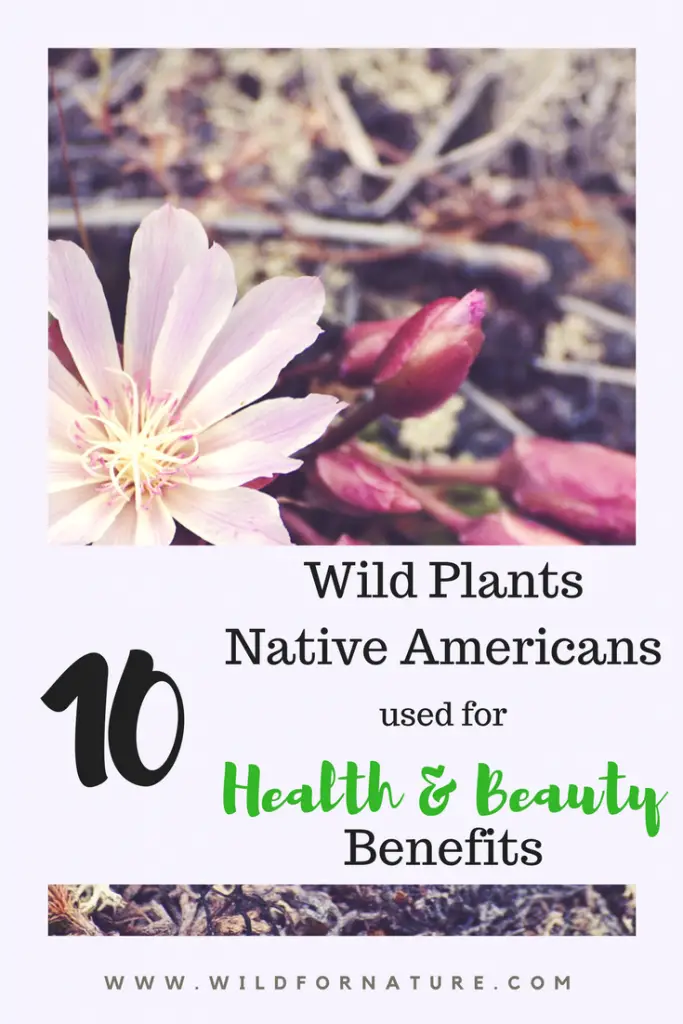
What are your favorite native American healing plants? Any preferred native American remedies? Share below!
Stay wild!

I blog quite often and I seriously appreciate your information. This article has truly piqued my interest. I’m going to bookmark your blog and keep checking for new information about once a week.